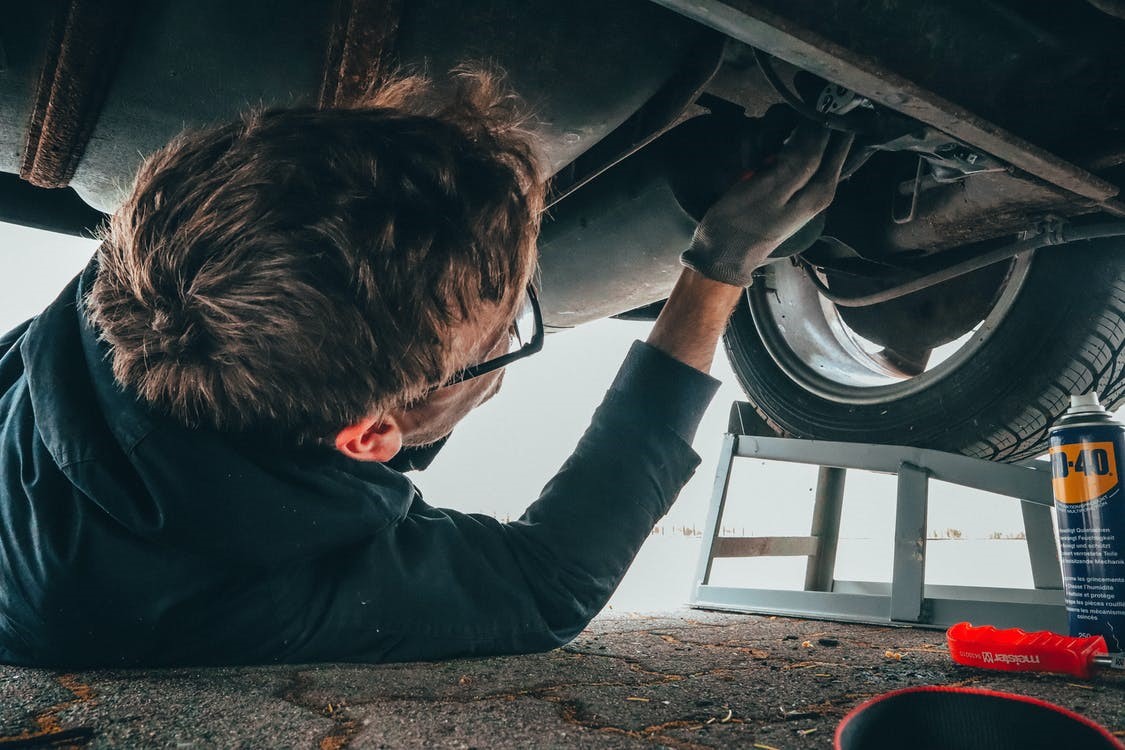Introduction
Car detailing is a vital aspect of vehicle maintenance that involves a thorough cleaning, restoration, and protection of the car’s exterior and interior. It goes beyond the routine car wash to bring out the shine and luster of the vehicle, making it look brand new.
Regular car detailing is essential for maintaining the appearance, functionality, and value of the car. It removes dirt, grime, and contaminants that can cause damage and wear and tear to the car’s surfaces. It also helps protect the car from environmental factors such as UV rays, rain, and dust, which can cause fading, corrosion, and rust.
The frequency of car detailing depends on several factors, including driving conditions, environmental factors, frequency of use, and age of the vehicle. While there is no one-size-fits-all answer to how often you should detail your car, this blog post will provide recommendations based on these factors. We will also discuss the signs that your car needs detailing, the benefits of regular detailing, and tips for keeping your vehicle looking its best.
Factors that Affect Car Detailing Frequency
Determining how often you should detail your car depends on various factors. Here are some factors that can affect the frequency of car detailing:
Types of driving conditions
The driving conditions your car is exposed to can affect how often it needs detailing. If you frequently drive on dirt roads or in areas with a lot of road construction, your car is likely to accumulate dirt, grime, and debris faster than if you primarily drive on smooth highways. In such conditions, you may need to detail your car more frequently, perhaps every 2-3 months.
Environmental factors
Environmental factors such as rain, sun, and dust can affect your car’s exterior and interior. If you live in an area with high humidity, your car’s interior may be more prone to mold and mildew growth, which requires frequent cleaning. On the other hand, if you live in a sunny region, the UV rays can fade the car’s paint and damage the interior. In such cases, detailing your car every 3-4 months can help protect it from these environmental factors.
Overall, the frequency of car detailing depends on the unique conditions your car is exposed to. In the next section, we will discuss the recommended frequency of detailing based on these factors.
What Does Car Detailing Include?
Getting your car detailed involves a thorough cleaning, restoration, and protection of both the exterior and interior of your vehicle. Here are two main areas that are included in car detailing:
Exterior Detailing
Exterior detailing focuses on restoring and protecting the exterior surfaces of the car. It includes:
Interior Detailing
Interior detailing focuses on restoring and cleaning the interior surfaces of the car. It includes:
Steps to Detailing a Car
Detailing a car involves several steps to achieve a spotless, shiny, and well-maintained vehicle. Here are the two primary headings for the steps involved in detailing a car:
For Exterior Detailing
For Interior Detailing
How Often Should You Wax Your Car?
Waxing your car is an essential part of car detailing that involves applying a protective layer of wax to the car’s exterior to protect it from the elements and enhance its shine. Check ur detailed blog on Car Polish vs Wax. But how often should you wax your car? Here are two headings to consider:
Frequency of Waxing
The frequency of waxing your car depends on the type of wax used, driving conditions, and weather. A general rule of thumb is to wax your car every three to six months, or every season change. However, if you live in a hot or humid climate, you may need to wax your car more frequently to protect it from the sun’s damaging UV rays. If you frequently drive on unpaved roads or near the beach, you may also need to wax your car more often to protect it from sand, salt, and other debris.
Signs Your Car Needs Waxing
It’s essential to keep an eye out for signs that your car needs waxing, such as a dull or faded appearance, water spots, or difficulty cleaning the car’s exterior. If you notice any of these signs, it’s time to wax your car to restore its shine and protect it from environmental factors.
In conclusion, waxing your car is crucial for protecting it from the elements and maintaining its appearance. The frequency of waxing depends on several factors, and it’s important to keep an eye out for signs that your car needs waxing. By following these recommendations, you can keep your car looking its best for years to come.
Conclusion
In conclusion, car detailing is a crucial aspect of maintaining the appearance, value, and performance of your vehicle. The frequency of detailing depends on several factors such as driving conditions, environmental factors, frequency of use, and age of the vehicle. As a general rule, it is recommended to detail your car at least twice a year. However, it may need to be more frequent based on the above-mentioned factors.




